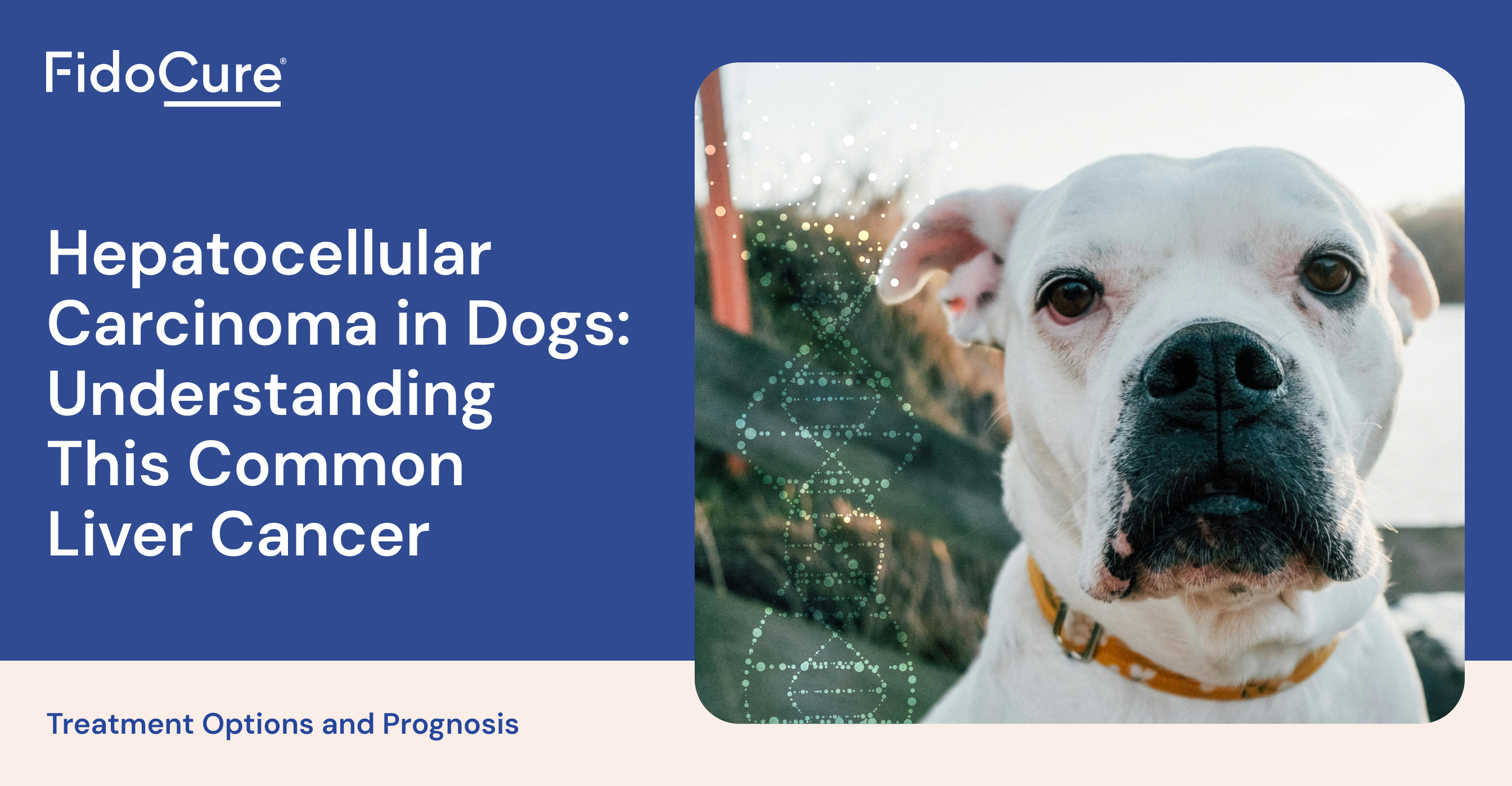The Future of Pet Oncology: How AI-Driven Targeted Therapies are Revolutionizing Cancer Treatment for Dogs
The global veterinary oncology market has been experiencing remarkable growth, reaching a valuation of $259.4B in 2023. This surge reflects a significant shift in how pet parents approach cancer treatment for their beloved companions. Several factors are driving this expansion: increasing pet ownership rates (accelerated by the COVID-19 pandemic), a cultural shift in viewing pets as family members, and advancements in veterinary medicine. As households increasingly view their pets as family members, they're more willing to invest in sophisticated health treatments, including cancer care. This growing market presents both challenges and opportunities for innovative approaches to pet cancer treatment.



.png)



.png)


